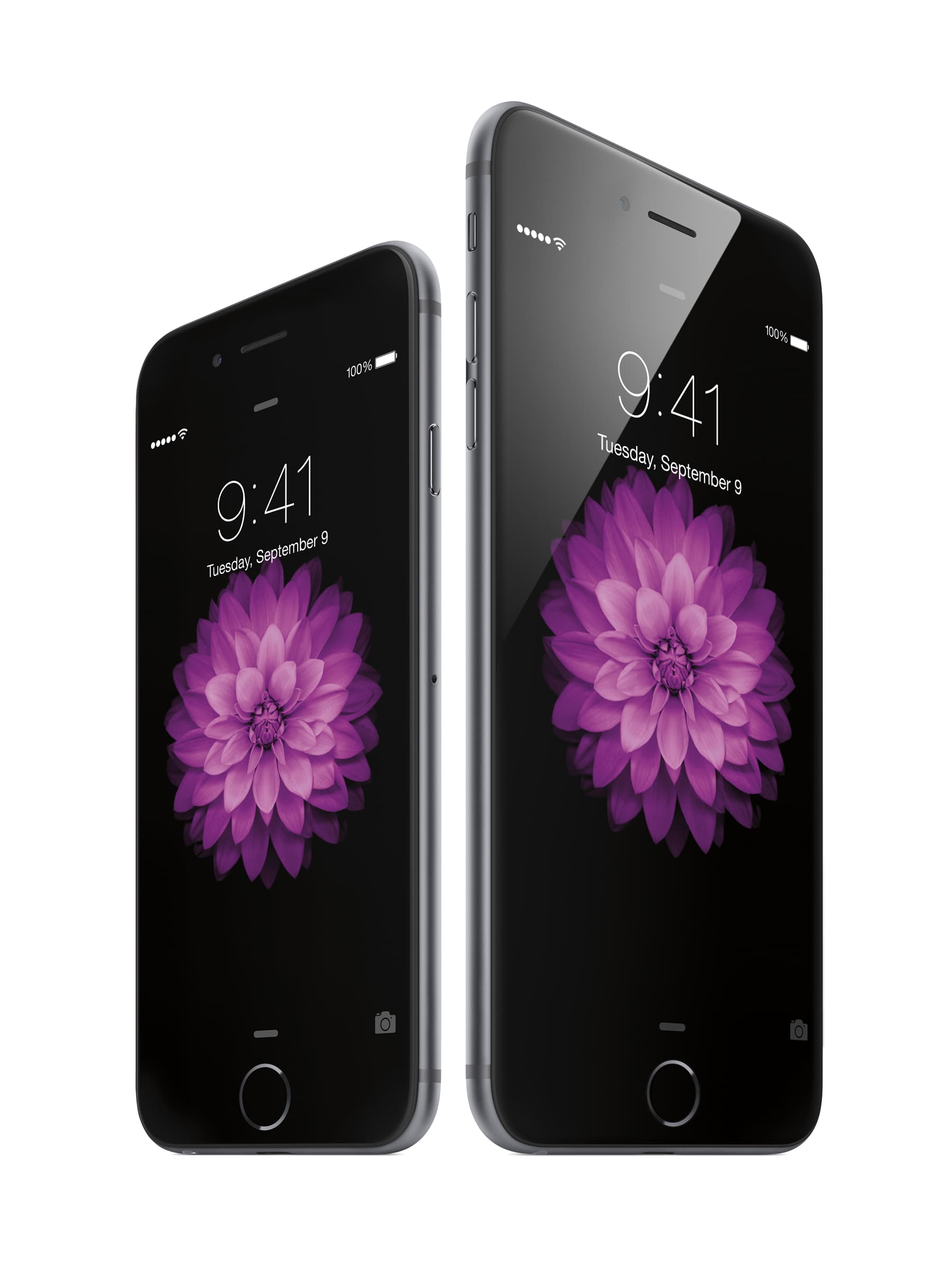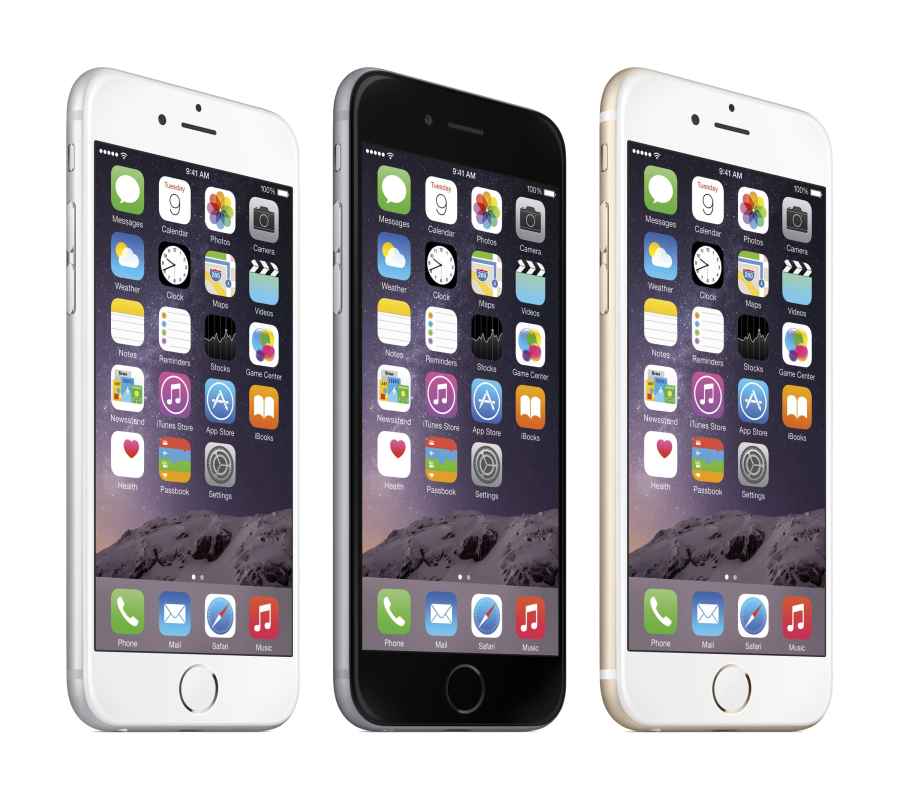When the original iPhone was launched in 2007 it was not only the first “real” smartphone but also cleared the way for mobile photography as we know it today. Yes, many phones had cameras before the iPhone but only the Apple device’s touch interface and operating system enabled the development of apps like Instagram or on-device editing. Since then the compact camera market has been shrinking rapidly and iPhone models are consistently topping the most popular camera rankings on Flickr, a platform that used to be dominated by DSLR photography. In short, the original iPhone was as revolutionary for photography as it was for mobile communications.
Now Apple has announced a new smartphone generation in the shape of the iPhone 6 and 6 Plus and when looking at the new devices I cannot help but feel a sense of disappointment, especially when looking at things from a photography angle. At launch features such as NFC, widgets or HD resolution, which have been around on other devices for years, are touted as innovations and overall there is very little on the new iPhones that we’ve not seen before.
In the camera department Apple has stuck with the 8MP resolution that has been around since the iPhone 4S and the same tiny 1/3-inch sensor size used in the iPhone 5S. The front camera comes with a measly 1.2MP resolution, less than on most competitors’ mid-range models, and the tiny flash LEDs are the same as before as well. Optical image stabilization is now at least available in the, with its 5.5-inch screen fairly bulky, iPhone 6 Plus but those who prefer a more compact device are still out of luck as the standard iPhone 6 does not come with this useful camera feature.

It is absolutely true that features and specifications alone do not necessarily make a good user experience but especially in the camera department it is clear that certain hardware characteristics, such as larger sensors, more pixels for digital zooming and cropping or optical image stabilization have a positive impact on image quality and many competing high-end smartphones offer some or all of those. Some models even come with Raw capture or Xenon flashes, making them the obvious choice over an Apple device for enthusiast photographers.
Don’t get me wrong, the new iPhone almost certainly provides the same great user experience as previous models and is a very nice device to look at but if you consider your smartphone another photographic tool in your bag there are better options at a cheaper price. Am I going to get my credit card out and order one? Probably yes. Is it rational decision? Probably not.







